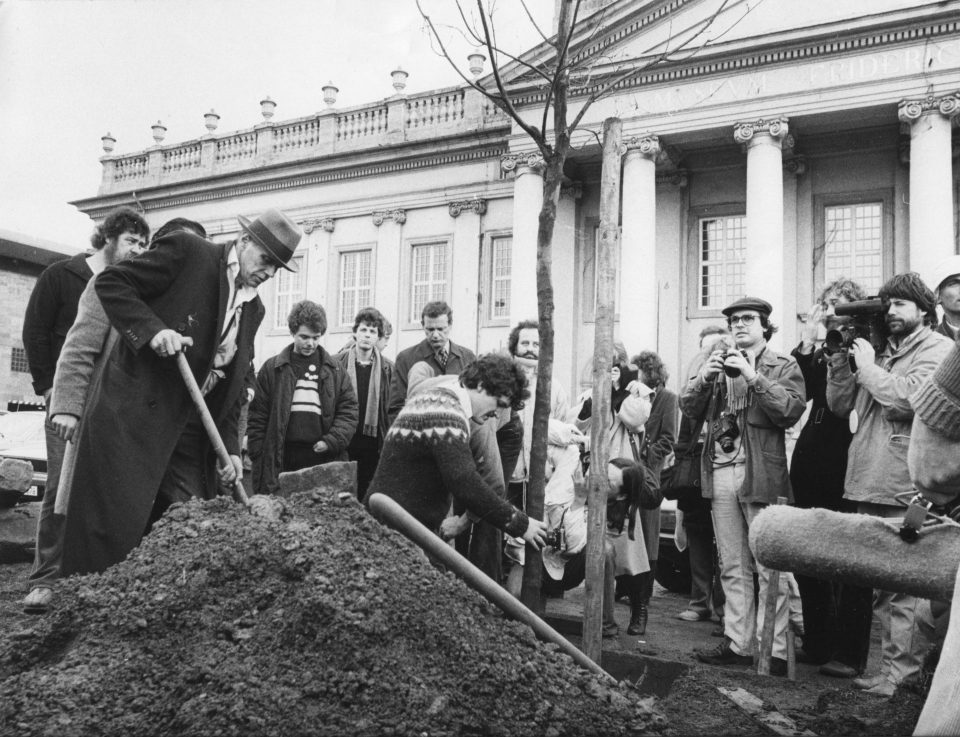The Tyranny of Tree Preservation
17th January 2014
Asleep with our Arboreal Ancestors
18th May 2014Dyngus Day and the Willow Tree
Salix caprea, aka Sallow, Goat or Pussy Willow are the commonest and most widespread willows in Britain. They are the tree most likely to be encountered on abandoned industrial sites and urban wastelands. Visually the most unremarkable of trees, they rarely cause one to stand and stare (in tree survey terms, a classic contender for a lower value BS:5837 retention category ‘C’ tree).
In early spring however, they are transformed; first with the silky silver catkin buds, gradually around March, they become a mass of brilliant yellow. Because so little else is in flower or leaf at this time of year, they provide critical pollen and nectar for bees, insects and birds.
Whilst visiting Poland this spring I was interested to see a large number of street stalls, busy selling bunches of the flowering willow twigs – something I’d never seen before. Apparently, this is more than just resourceful Polish floristry, the willow is used in a number of rituals and processions, culminating in the celebration of Dyngus Day.
Dating back to pagan times, the Dyngus Day tradition continued when boys wanted to attract the attention from the girls they were fond of. It was custom on Easter Monday to throw water and hit the girls on their legs with flowering willow twigs. The next day the girls would get their revenge and reciprocate, imitating the same tactics. It has at its core the pagan spring rite of pouring water and switching oneself with willows as a means of purification, fertility and worshiping nature deities. With the conversion of the Slavs to Christianity, the willow customs were adapted and the celebration continues to be observed in central Europe, and in the USA, where patriotic elements have been added to the traditional Polish ones.
You can see why, after a long cold winter, the flowering willow could have such a strong impact on the early Slav peoples and why this was incorporated into their customs and traditions. Even today, when we are largely insulated from the changing seasons, the sight and smell of the willow flowers is one of the clearest signs of the end of harsh winter and the renewal and fertility of approaching spring.
Let disease flee to the forest, into the swamps,
And health return to the bones,
Be healthy like the water,
And grow like the willow,
Be healthy for the whole year,
Be happy like the spring
Slavic Verse






